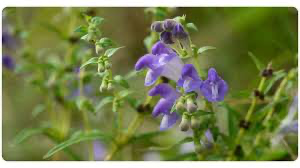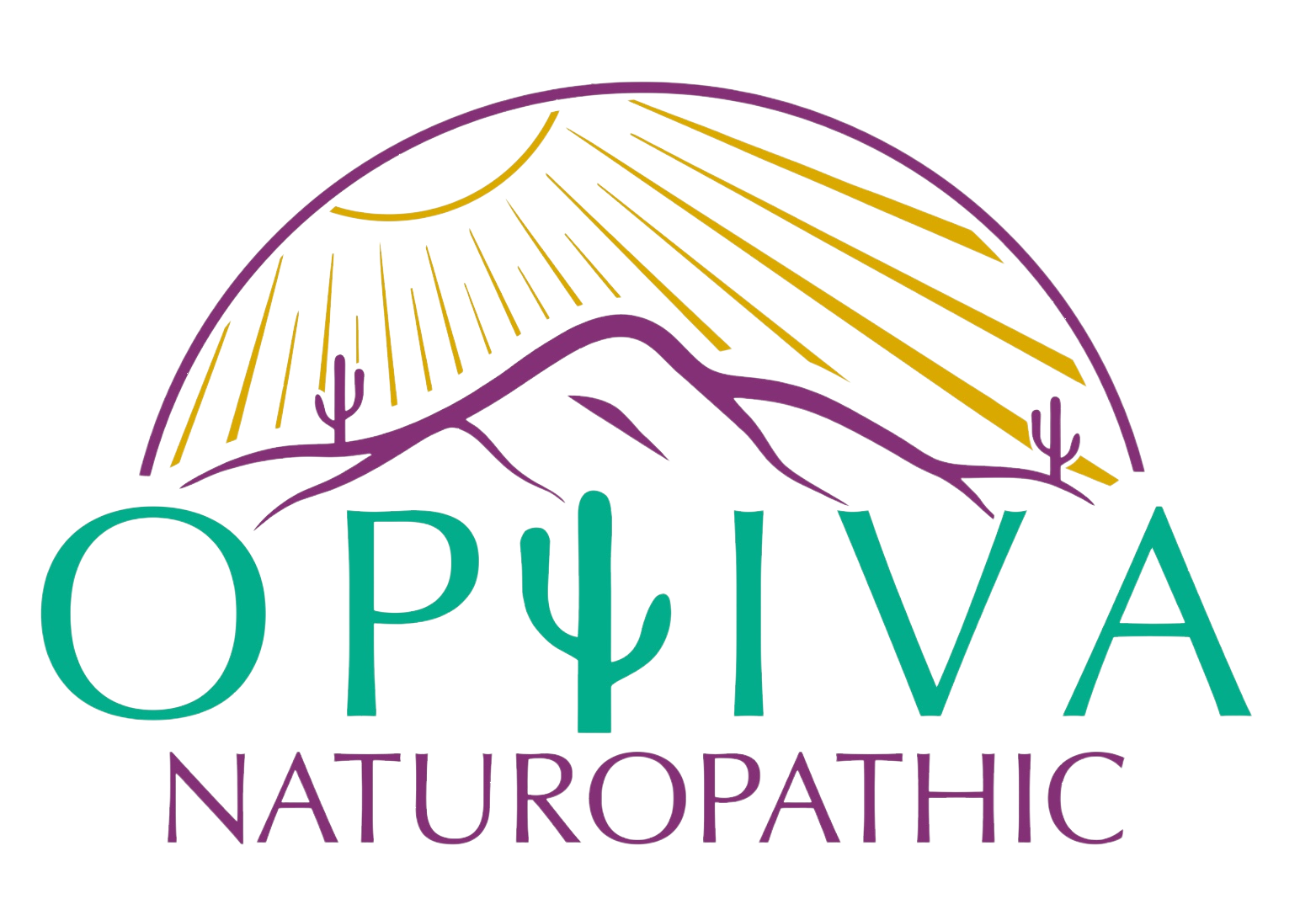
Introduction
If you’re tired of sleepless nights, may this little purple flowering botanical found in your local forest or possibly even your backyard, come to your rescue for a great night of restorative sleep. Skullcap, or Scutellaria lateriflora, is a perennial herb belonging to the mint (Lamiacea) family and is typically found growing in moist and shady meadows and marshes across the United States. Square stems, bright purple flowers with tongue-like flower petals, and jagged edged leaves, growing 3 feet tall are its characteristics for identification among the over 300 species found. However, along with its many species, it also has many common names such as American skullcap, Escutelaria, Scutellaria, Hoodwort, Mad-Dog Skullcap, Quaker Bonnet, and Toque des Marais. Although it’s most known for its anxiolytic and nervine properties in aiding sleep, and alleviating nervous disorders, it’s also known to help other health issues such as cancer, cirrhosis, and hepatitis (1). Lack of sleep is a well-known causative factor to the majority of underlying diseases, contributing to increased stress, decreased cognitive function and increased risk of Alzheimer’s disease, cardiovascular issues, adrenal fatigue, autoimmune disorders, and many others. Unfortunately, most medications and anxiolytics that are prescribed have many side effects that are often countered by more medications, leading to a vicious cycle. Therefore, scutellaria has been studied as a safe and effective alternative. If this is you and you are wanting more quality sleep or you know someone struggling with sleep, keep reading!
Traditional Uses & Active Constituents
Skullcap’s name in general comes from the petals of the flower resembling helmets of the medieval European soldiers. And although it was first discovered in Europe, its uses in North America were first to see an impact within botanical medicine. Both countries adapted its medicinal uses from the Native American tribes who consumed skullcap to soothe nerves (2). Most commonly today, skullcap is also used to alleviate nervousness, irritability and tension associated with stress and trauma (3). However, it’s also highly used for insomnia, among other health conditions including anxiety, hypertension, headaches, neuralgia, convulsions, and loose stools or diarrhea (4). Additionally, research has proven Scutellaria lateriflora has active constituents with a variety of pharmacological effects including anxiolytic, antioxidant, antibacterial, antiviral, anti-angiogenesis, and hepatoprotective properties making it a medicinal herb to have on hand at home for multiple uses. Most of its effects are due to its large number of concentrated polyphenols and flavonoids, specifically scutellarien and baicalin (5).

Let’s talk Sleep!
Traditionally for centuries, skullcap has been used for central nervous system indications, reducing hyperstimulated and hyper aroused states, as well as cognitive imbalance. These instances include insomnia, anxiety, pain, spasms, and even seizures just to name a few (6). Recent research in a double-blind placebo-controlled, cross over study of health individuals revealed that supplementing 100-200mg/kg Scutellaria lateriflora (Skullcap) in a dose- dependent manner has proven to effectively bind to GABA-α receptors. GABA receptors in general are considered inhibitory neurotransmitters, opposite of excitatory neurotransmitters such as epinephrine and norepinephrine. GABA receptors are in the brain and function to inhibit or block brain signals and nerve transmission, reducing activity and excitability of the nervous system, and producing a calming effect on the body. Therefore, helping the body cope with or reduce feelings of anxiety, stress, tension, and fear, that may all present with insomnia and other sleep disorders, difficulty falling or staying asleep (7). Supplementing with Scutellaria lateriflora (Skullcap) before bed results in a calming effect, decreasing symptoms of anxiety, tension, and insomnia, and thereby increasing a more restful and restorative sleep.
Uses:
Skullcap can be used in many forms including teas, infusions, tinctures, added to baths, or warm compresses to help alleviate nervous system disorders. My favorite method out of all is to make a tea blend 60 minutes before bed, steep it for a few minutes, and then sip on it while reading a relaxing book, listening to music, or sitting in front of my redlight and stretching to enhancing the calming effect on the central nervous system. Additionally, it may be easier to batch prep in advance and have a few night’s worth pre-made in the fridge to warm up if you’re short on time. Check out my favorite sleepy tea blend below:
Sleepy Tea Blend:
Ingredients:
- 1-quart glass jar
- Herbs: equal parts (2-3 TB) of each of the following:
- Skullcap
- Valerian Root
- Chamomile
- California Poppy
Directions: Add herbs in equal portions to a clean, empty 1 qt glass mason jar. Pour about 1 quart boiled water over the tea, cover, and let steep. Once cooled, place in the refrigerator to steep overnight and extract all active constituents. Strain and Consume 1 cup prepared tea 30-60min before bed. Store remaining tea in the refrigerator for up to 3 days. (Additionally, you could use 1TB of the above blend per 1 cup boiling water and steep for making a fresh cup nightly before bed).
If you liked this article and want to hear more, or if you would like to make an appointment, or have any comments, or questions, feel free to sign up or email below.
Or if you want to try my favorite version of bedtime tea, check out the shop on my website for the SereniTEA blend.
Safety & Considerations: Current research has studied skullcap’s active constituents to have a sedative or depressant and hypnotic effect, however, there is no research to validate its safety. Current research is unknown regarding side effects today with its consumption or any negative effects with pregnancy, breastfeeding or nursing, and therefore professional medical guidance should be sought prior to consumption and may not be recommended for this population due to insufficiency of safety data (8). Thus, more research needs to be done to define any upper limits as well. Additionally, due to this sedative effect of the bioactive compounds in skullcap, consumption should be avoided in combination with other sedatives such as alcohol, or benzodiazepines, and may contribute to side effects of hepatotoxicity, irregular heartbeat, drowsiness, and decreased cognitive function in predisposed individuals, of which discontinuation is advised.
Disclaimer: The content of this site is for informational and educational purposes only and is not a substitute for professional medical advice or consultations with your health care professional.
References:
- Islam, M.N., Downey, F. and Ng, C.K. (2011). Comparative analysis of bioactive phytochemicals from Scutellaria baicalensis, Scutellaria lateriflora, Scutellaria racemosa, Scutellaria tomentosa and Scutellaria wrightii by LC-DAD-MS. Metabolomics, 7(3):446-453. doi: https://doi.org/10.1007/s11306-010-0269-9
- Kapalka, G.M. (2010). Scutellaria lateriflora. Nutritional and Herbal Therapies for Children and Adolescents. Retrieved on July 23, 2020 from https://www.sciencedirect.com/topics/medicine-and-dentistry/scutellaria-lateriflora
- DerMarderosian A, Beutler JA, eds. The Review of Natural Products: The Most Complete Source of Natural Product Information. 3rd ed. St. Louis, MO: Facts and Comparisons; 2002
- Foster S, Duke JA. A Field Guide to Medicinal Plants: Eastern and Central North America. Boston; Houghton Mifflin Co: 1990
- Irvin, L., Jackson, C., Hill, A.L., Bajaj, R., Mahmoudi, C., Vaidya, B.N. and Joshee, N. (2019). Skullcaps (Scutellaria spp.): Ethnobotany and Current Research. In Medicinal Plants: 141-168. Springer, Cham. doi: https://doi.org/10.1007/978-3-030-31269-5_7
- Lohani, M. (2014). Molecular Mechanisms of Neuroprotection by an Alternative Drug Scutellaria lateriflora(Doctoral dissertation). Retrieved on July 9, 2020 from https://etd.auburn.edu/bitstream/handle/10415/4273/DissertationMadhukarLohani.pdf;sequence=2
- De Sousa, A. (2013). Herbal medicines and anxiety disorders: an overview. Journal of Medicinal Plant Studies, 1 (6). doi: http://www.plantsjournal.com/archives/2013/vol1issue6/PartA/1.1.pdf
- Metzman, H.L. (2006). Monograph of Scutellaria lateriflora. Journal-American Herbalists Guild, 7(1) retrieved on July 9, 2020 from https://www.americanherbalistsguild.com/files/journal/V7N1_Scutellaria.pdf
